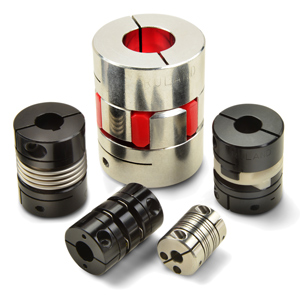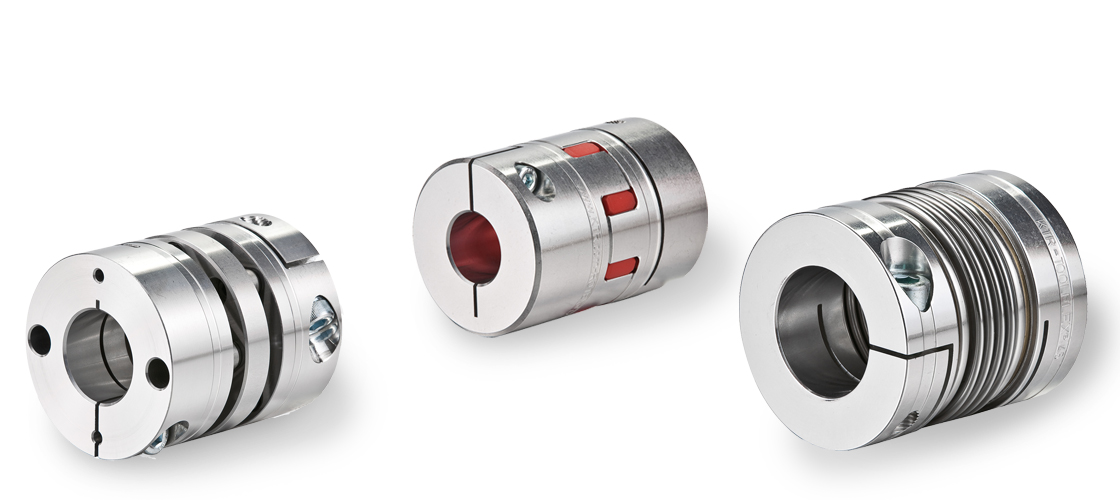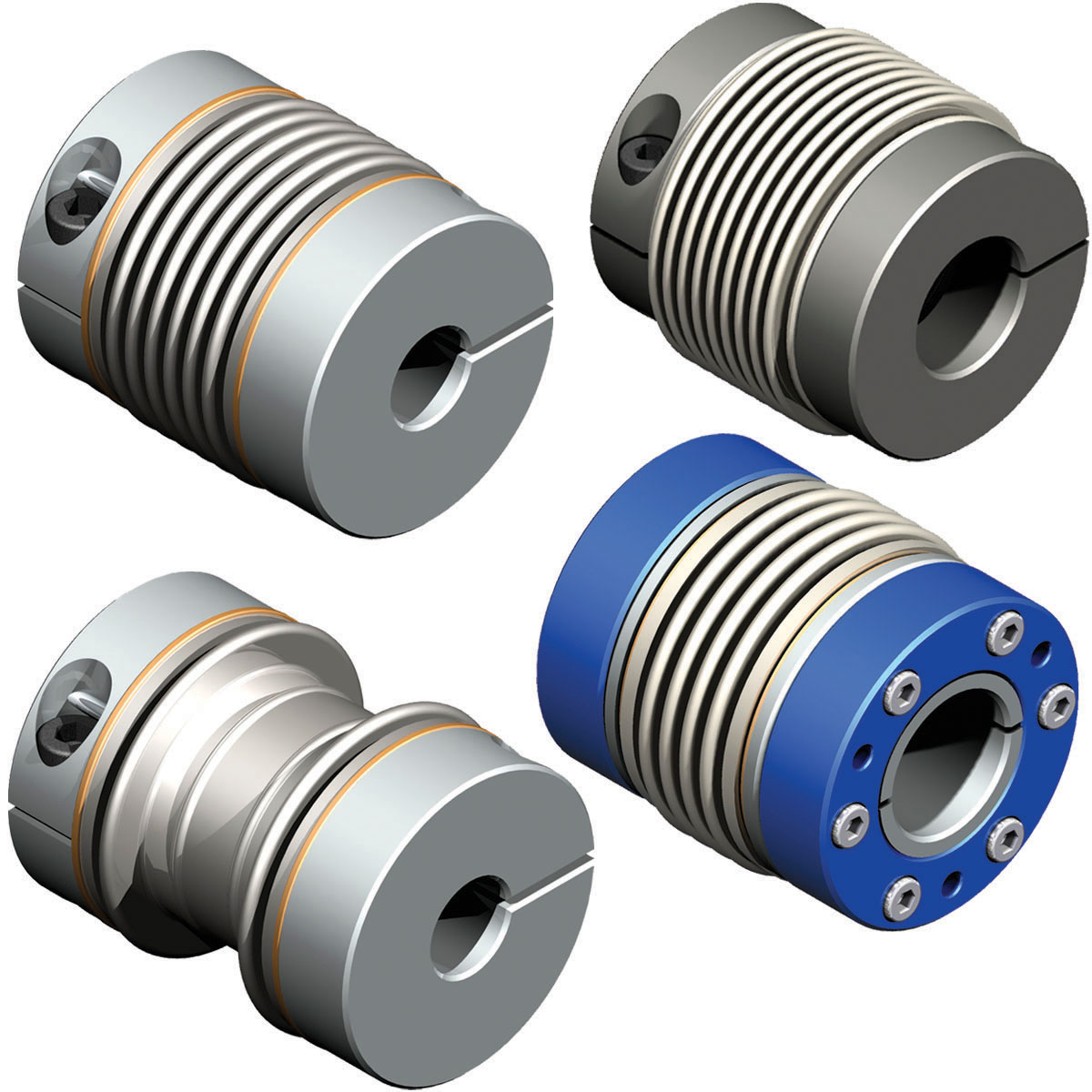Product Description
GW-68X97 Clamp Rigid Coupling Servo Shaft Coupling
GW-68X97 Clamp Rigid Coupling Servo Shaft Coupling
|
model parameter |
common bore diameter d1,d2 |
ΦD |
L |
LF |
LP |
d3 |
S |
tightening screw torque(N.M) |
|
GW-19X34 |
3,4,5,6,6.35,7,8 |
19 |
34 |
9.1 |
5.2 |
Φ9 |
1.8 |
1 |
|
GW-26X44.5 |
5,6,6.35,7,8,9,9.525,10,11,12,14 |
26 |
44.5 |
11.65 |
6.5 |
Φ12.5 |
2.6 |
1.5 |
|
GW-32X54 |
5,6,6.35,7,8,9,9.525,10,11,12,12.7,14,15, |
32 |
54 |
12.25 |
9.5 |
Φ15 |
3.5 |
1.5 |
|
GW-34X58 |
5,6,6.35,7,8,9,9.525,10,11,12,12.7,14,15,16 |
34 |
58 |
14.25 |
9.5 |
Φ16 |
3.5 |
2.5 |
|
GW-39X65.5 |
8,9,9.525,10,11,12,12.7,14,15,16,17,18,19 |
39 |
65.5 |
14.9 |
11.2 |
Φ19.3 |
4.5 |
2.5 |
|
GW-44X65.5 |
8,9,9.525,10,11,12,12.7,14,15,16,17,18,19,20,22,24 |
44 |
65.5 |
14.9 |
11.2 |
Φ22.5 |
4.5 |
2.5 |
|
GW-50X80 |
8,9,9.525,10,11,12,12.7,14,15,16,17,18,19,20,22,24,25 |
50 |
80 |
20.6 |
12.2 |
Φ23 |
4.8 |
7 |
|
GW-56X83 |
10,12,14,15,16,17,18,19,20,22,24,25,28,30,32 |
56 |
83 |
19.75 |
13.5 |
Φ32.5 |
5.5 |
7 |
|
GW-68X97 |
12,14,15,16,17,18,19,20,22,24,25,28,30,32,35,38 |
68 |
97 |
23.35 |
15.7 |
Φ38.3 |
6.3 |
12 |
|
GW-82X128 |
17,18,19,20,22,24,25,28,30,32,35,38,40,42 |
82 |
128 |
30 |
22 |
Φ45.5 |
8 |
20 |
/* January 22, 2571 19:08:37 */!function(){function s(e,r){var a,o={};try{e&&e.split(“,”).forEach(function(e,t){e&&(a=e.match(/(.*?):(.*)$/))&&1

Accommodating Varying Torque and Speed Requirements with Servo Couplings
Servo couplings are versatile components designed to accommodate varying torque and speed requirements in different applications. Their ability to transmit torque while compensating for misalignment makes them suitable for a wide range of motion control systems. Here’s how servo couplings can accommodate varying torque and speed requirements:
- Torque Capacity:
Servo couplings come in various designs and materials, each with its unique torque capacity. By selecting the appropriate coupling type and material, you can match the coupling’s torque capacity to the requirements of the application. For higher torque applications, steel or stainless-steel couplings are preferred, while aluminum or plastic couplings may suffice for lower torque applications.
- Misalignment Compensation:
In motion control systems, shaft misalignment can occur due to various factors. Servo couplings can compensate for angular, parallel, and axial misalignments, ensuring smooth operation even when the shafts are not perfectly aligned. This feature helps prevent excessive stress on the coupling and the connected components, making them suitable for applications with varying misalignment conditions.
- Dynamic Response:
High-speed motion control systems often require a coupling with excellent dynamic response characteristics. Flexible couplings, such as bellows or elastomeric couplings, can handle rapid changes in speed and direction, providing the necessary flexibility for dynamic applications.
- Damping and Vibration:
Some applications may experience vibrations or shocks during operation. Servo couplings made of materials like elastomers or plastics can act as vibration dampeners, reducing the impact of shocks and vibrations on the system.
- Customization:
In certain cases, off-the-shelf servo couplings may not fully meet the specific torque and speed requirements of a particular application. In such situations, manufacturers may offer customized servo couplings tailored to the application’s needs, providing a solution that precisely matches the system’s requirements.
Overall, servo couplings are designed to be adaptable and flexible, making them suitable for a wide variety of torque and speed requirements in different motion control applications. Proper selection and installation of the right type of servo coupling can significantly contribute to the overall efficiency, performance, and longevity of the motion control system.

Maintenance Practices to Prolong the Life of Servo Couplings
Regular maintenance is essential to ensure the longevity and optimal performance of servo couplings. Here are some maintenance practices that should be followed:
- Visual Inspection: Perform periodic visual inspections of the servo coupling to check for signs of wear, damage, or misalignment. Look for cracks, corrosion, or any other abnormalities that may affect the coupling’s performance.
- Lubrication: If the servo coupling requires lubrication, follow the manufacturer’s recommendations for the appropriate lubricant type and interval. Proper lubrication helps reduce friction, wear, and heat generation, extending the coupling’s lifespan.
- Torque Checks: Periodically check the torque of the coupling fasteners to ensure they are properly tightened. Loose fasteners can lead to misalignment and premature wear.
- Alignment Verification: Verify the alignment of the servo coupling and correct any misalignments. Proper alignment ensures efficient power transmission and reduces unnecessary stress on the components.
- Environmental Protection: Protect the servo coupling from environmental factors that can cause damage, such as dust, moisture, and chemicals. Consider using protective covers or seals if the application requires it.
- Load Analysis: Regularly analyze the loads on the servo coupling to ensure it is operating within its rated capacity. Avoid subjecting the coupling to excessive loads that could lead to premature failure.
- Operating Conditions: Monitor and maintain the operating conditions within the recommended parameters. High temperatures, excessive vibrations, or rapid temperature changes can adversely affect the coupling’s performance.
- Replacement Schedule: Establish a replacement schedule based on the manufacturer’s recommendations and the servo coupling’s expected service life. Replace the coupling when it reaches the end of its useful life to prevent unexpected failures.
- Proper Handling: Ensure proper handling during installation, maintenance, and removal. Avoid applying excessive force or shock that could damage the coupling.
- Training: Provide training to maintenance personnel on the proper procedures for handling and maintaining the servo couplings. Properly trained staff can identify potential issues and take appropriate actions to prevent damage.
By adhering to these maintenance practices, servo couplings can operate at their best, providing reliable and efficient motion control while extending their service life.

Types of Servo Couplings Used in Industrial Automation
Industrial automation often relies on servo couplings to achieve precise motion control and power transmission between servo motors and driven loads. Different types of servo couplings are available, each designed to suit specific application requirements. Here are some common types of servo couplings used in industrial automation:
- Flexible Beam Couplings: Beam couplings are made of a single piece of material with cuts along the length of the coupling, resembling multiple helical beams. They offer flexibility in multiple directions and can handle angular and axial misalignments. Beam couplings are well-suited for applications that require high torsional rigidity and low inertia, making them ideal for high-speed and high-precision systems.
- Bellows Couplings: Bellows couplings consist of a thin-walled metal bellows element that allows angular and axial misalignments. They provide excellent torsional stiffness and low backlash, making them suitable for applications requiring high precision and torque transmission. Bellows couplings are also known for their ability to handle high-speed applications while maintaining accuracy.
- Oldham Couplings: Oldham couplings have three components: two hubs and a center disc. The center disc connects the hubs and allows misalignment compensation in two directions while eliminating backlash. These couplings are effective in applications that require high torque transmission and moderate misalignment tolerance.
- Servo Motor Couplings: Servo motor couplings are specifically designed for use with servo motors. They are versatile and can come in various configurations, such as jaw-type, disk-type, or elastomeric couplings. They offer good misalignment compensation and are suitable for medium- to high-torque applications with moderate to high precision requirements.
- Disc Couplings: Disc couplings consist of thin metal discs stacked alternately to allow angular misalignment. They offer high torsional stiffness and can handle high torque loads while maintaining accurate motion. Disc couplings are commonly used in high-performance servo motor applications where precision and reliability are critical.
- Jaw Couplings: Jaw couplings have two hubs with elastomeric elements in between. They are capable of compensating for small amounts of angular, parallel, and axial misalignments. Jaw couplings are popular in light to medium-duty applications due to their simplicity, cost-effectiveness, and ease of installation.
When selecting a servo coupling for industrial automation, it is essential to consider factors such as torque capacity, misalignment compensation, speed, precision, and environmental conditions. Each type of servo coupling offers distinct advantages and limitations, so choosing the most suitable type will depend on the specific requirements of the application.


editor by CX 2024-03-05
